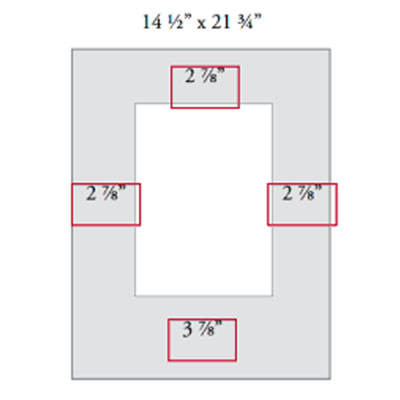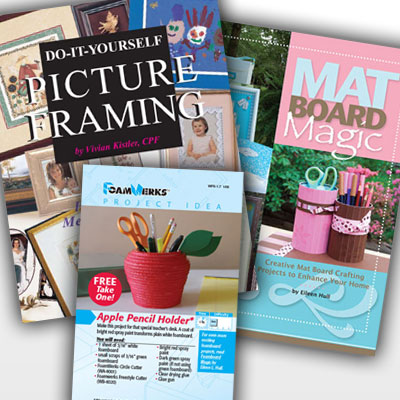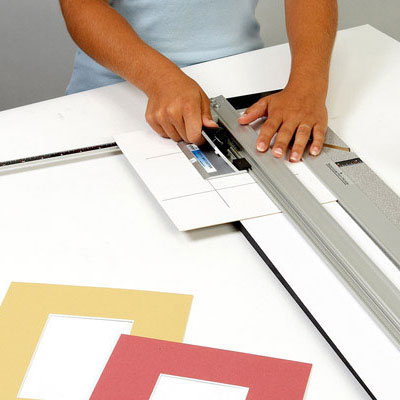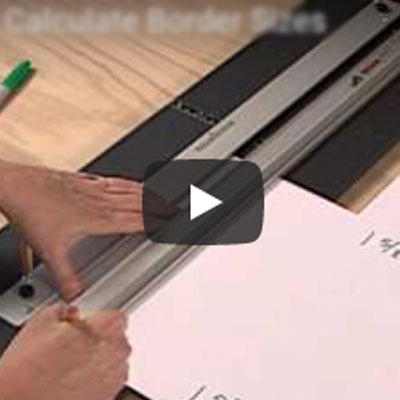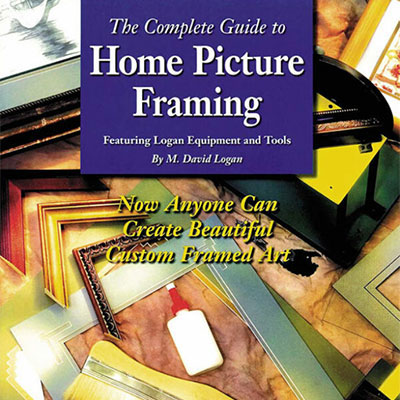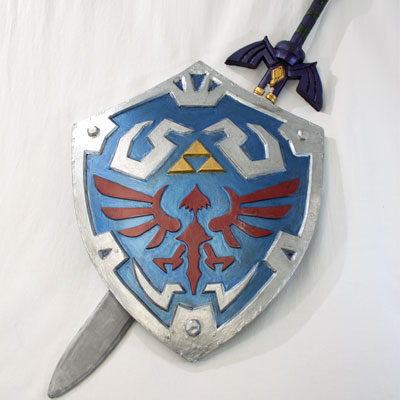One of the most difficult things to accomplish in picture framing is the clean, accurate joining of frame corners. Regardless of the equipment, frame joining can be challenging because it requires the bringing together of eight miter faces, each of which must be perfectly cut. If any one of those miter faces is even slightly off, a noticeable gap will appear at seam.
Beyond getting accurate cuts, you must also operate your joining tool properly. Unfortunately, such seemingly minor things as over-clamping or setting the drive foot too low can cause the seam to spread open at the joint.
Over-Clamping and Proper Foot Adjustment
The Pro Joiner clamps the frame by exerting pressure on the inside of the frame rabbet when tightened. Wood grain can act like an accordion when under pressure. Since the teeth of the clamp contact the frame low down on the rabbet, over-tightening can cause the grain to compress near the bottom and spread open at the top. You want to use just enough pressure to hold the frame in the clamp and avoid over-tightening.
The adjustment of the drive foot on the Pro Joiner is counter-intuitive. For frames that are relatively shallow top to bottom, the seemingly logical approach would be to lower the drive foot all the way to produce maximum pressure as you press the nails into the wood.
But the Pro Joiner exerts pressure in two stages. First lowering the frame onto the nails and then adding a final thrust to drive the nails all the way in. It's this final thrust that is defeated if the drive foot is set too low. The result is the nails are not driven all the way in and the seam is not closed.
To observe the proper action of the drive lever and understand how to set it, clamp your frame in the Pro Joiner but do not load the V-Nails. Lower the foot all the way down and watch the linked rods beneath the drive lever as you press. The rods should fully enter the sleeve of the post. If they do not, you are not getting the final trust necessary to drive the nails.
Adjust the foot higher and try again. Keep adjusting the foot higher until you see both rods enter the post. You will be able to feel the proper action as the rods enter the sleeve and exert the final thrust.
Thinking About the Glue and Nails Differently
Even with the proper settings and the right touch, you may experience seam spread from factors beyond your control, such as warped wood or decorative elements on the surface of the frame that make it difficult to position the drive foot. For this reason, it is advised that you glue the frame together first before attempting to drive the nails.
A properly built frame always consists of glue and nails. The order in which you apply them is up to you, but most people think of the nails as being the primary method of holding the frame together and the glue being secondary. Actually, they are of equal importance.
So try thinking about it differently. Start with the glue and follow with the nails. If you glue the frame first and clamp it up in a strap clamp to let it dry, the frame will already be assembled when you go to drive the nails into it. And since the frame is already glued, you cannot accidentally spread the seam open during the nail driving process.
This approach to joining and these tips should help you to get good, tight joints, one of the most difficult things to accomplish in picture framing.





